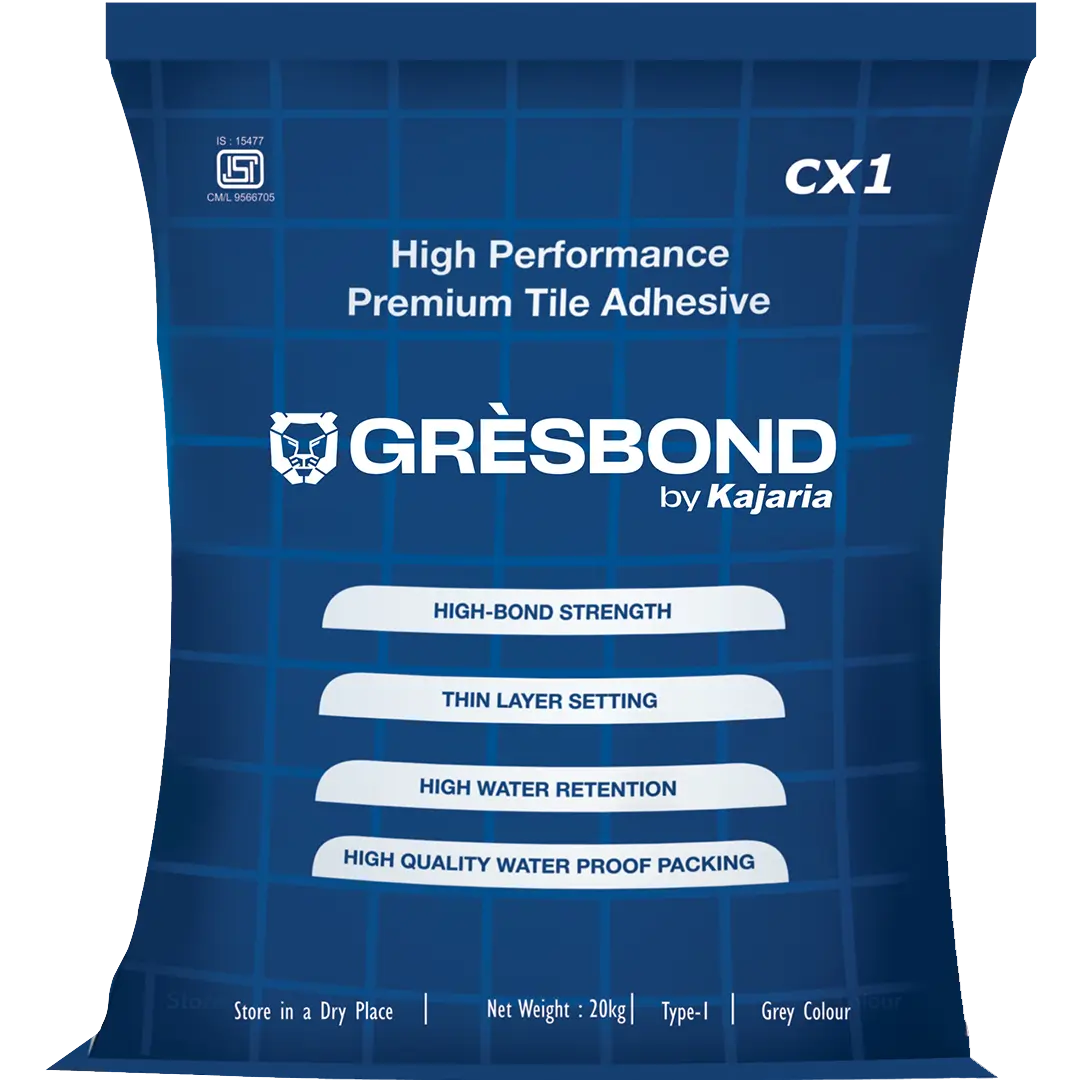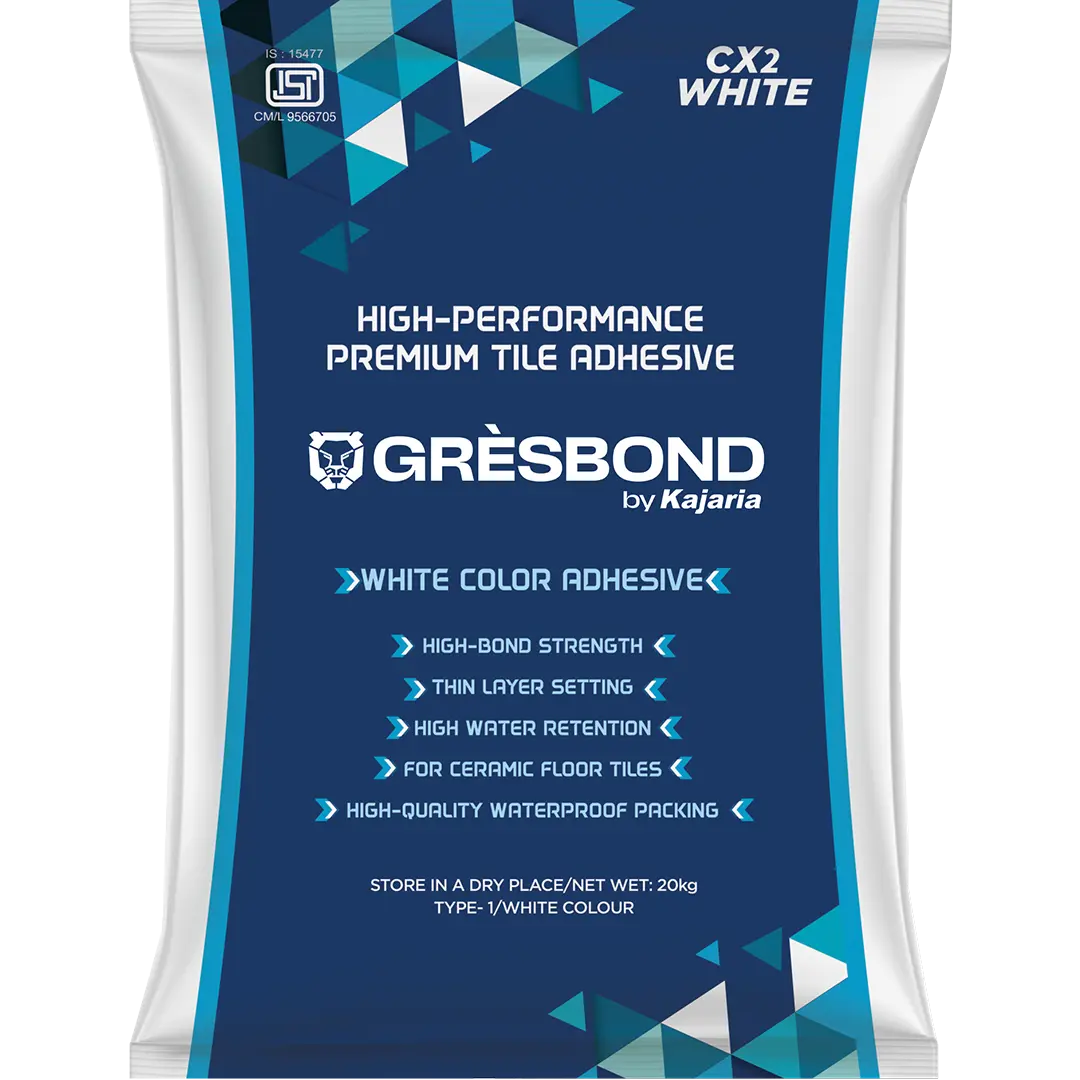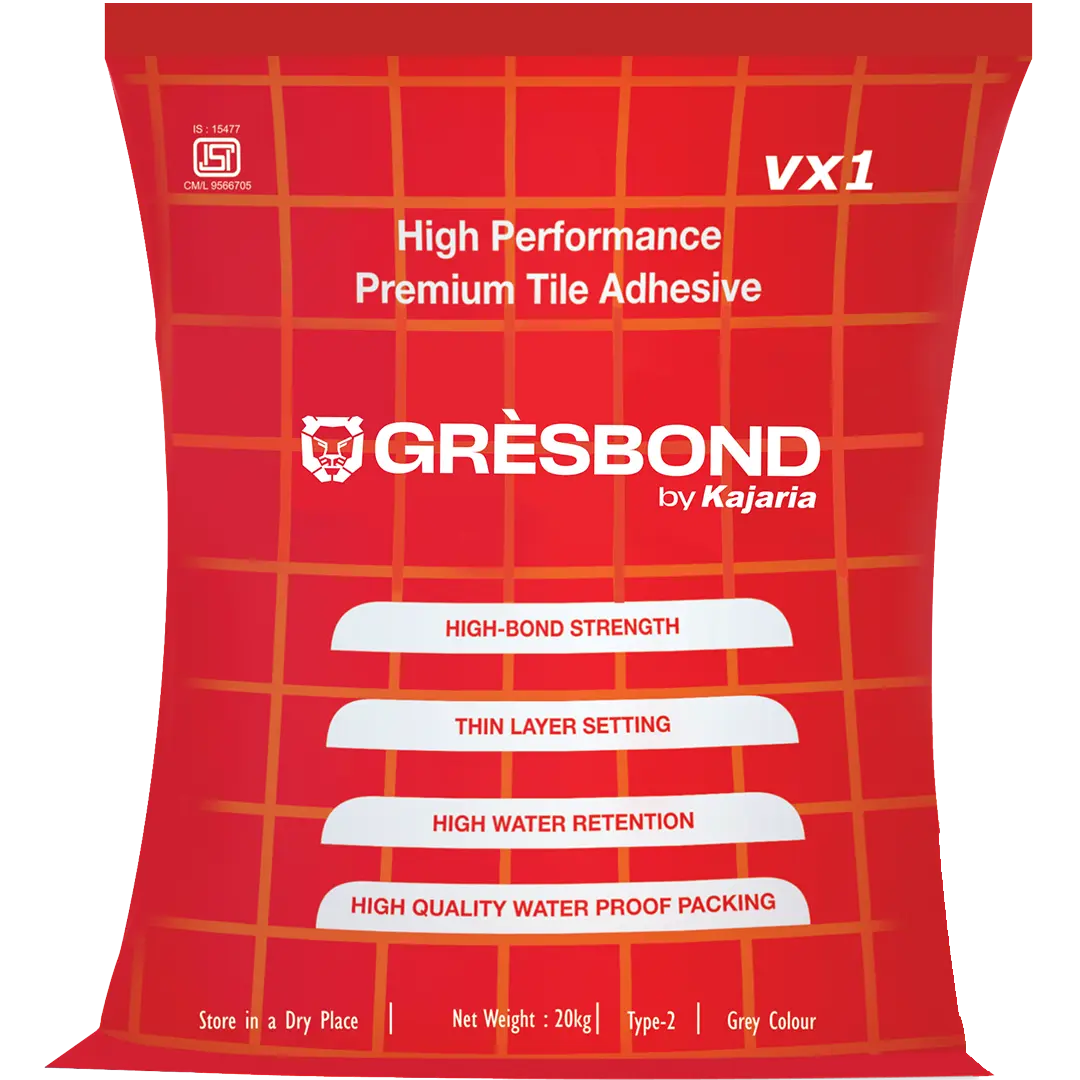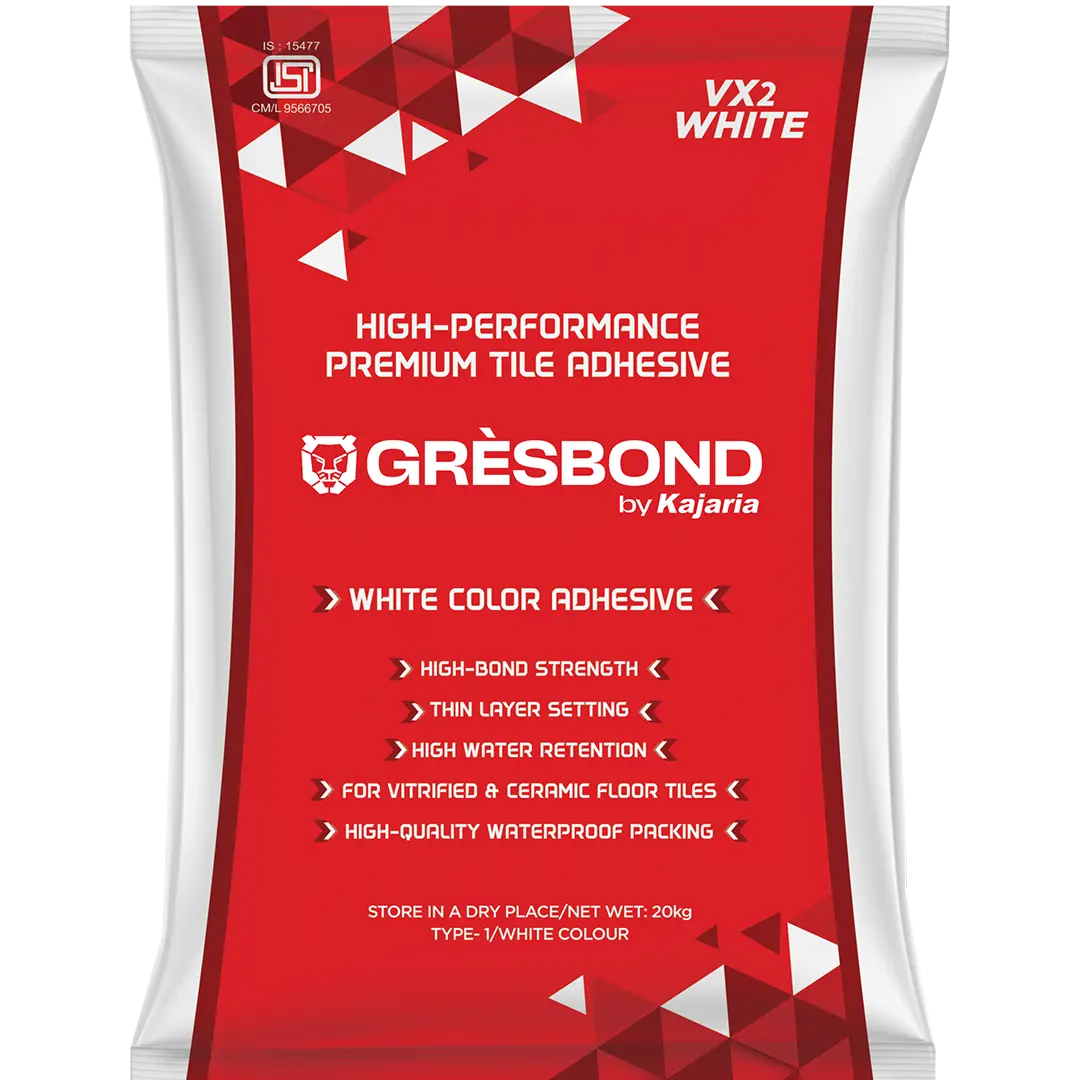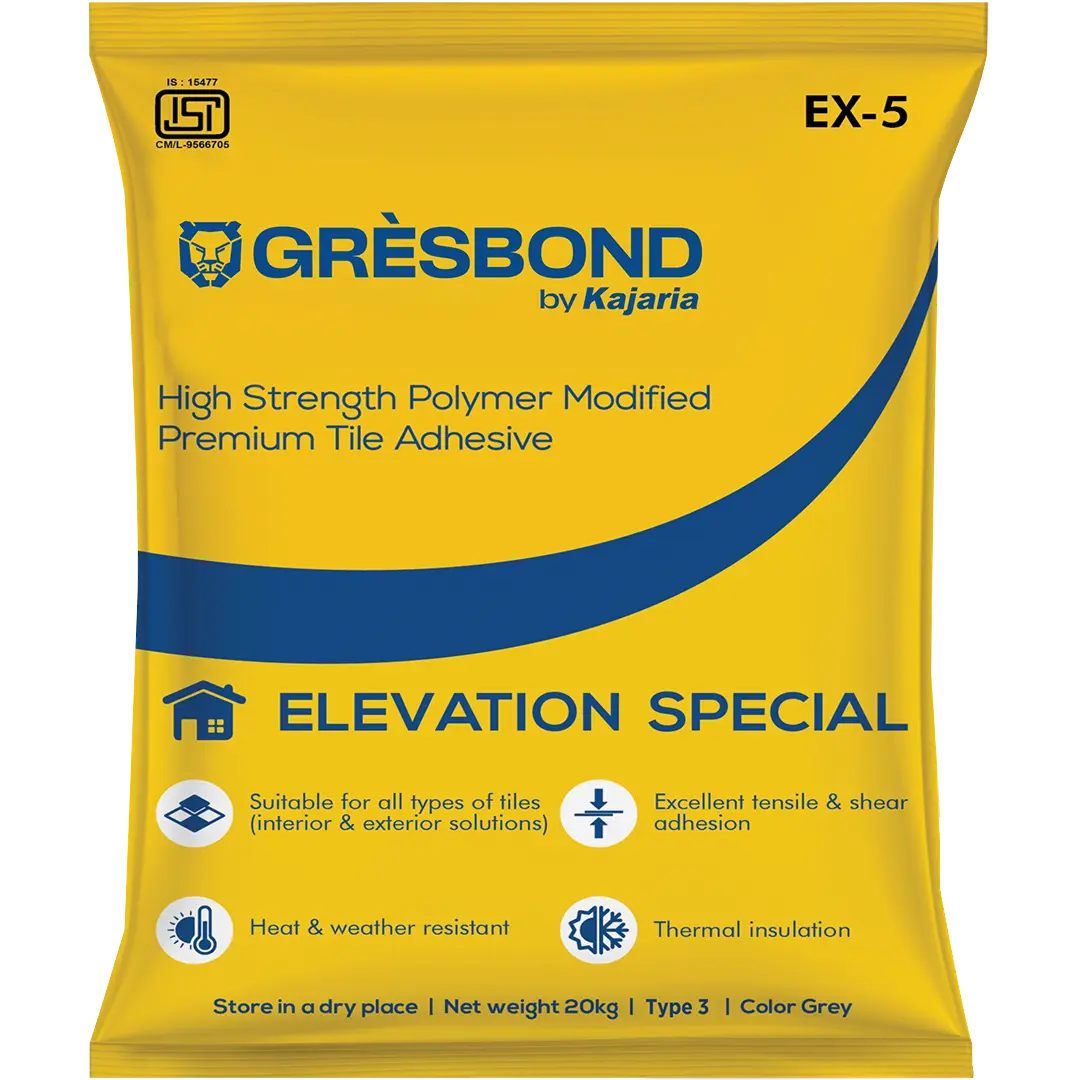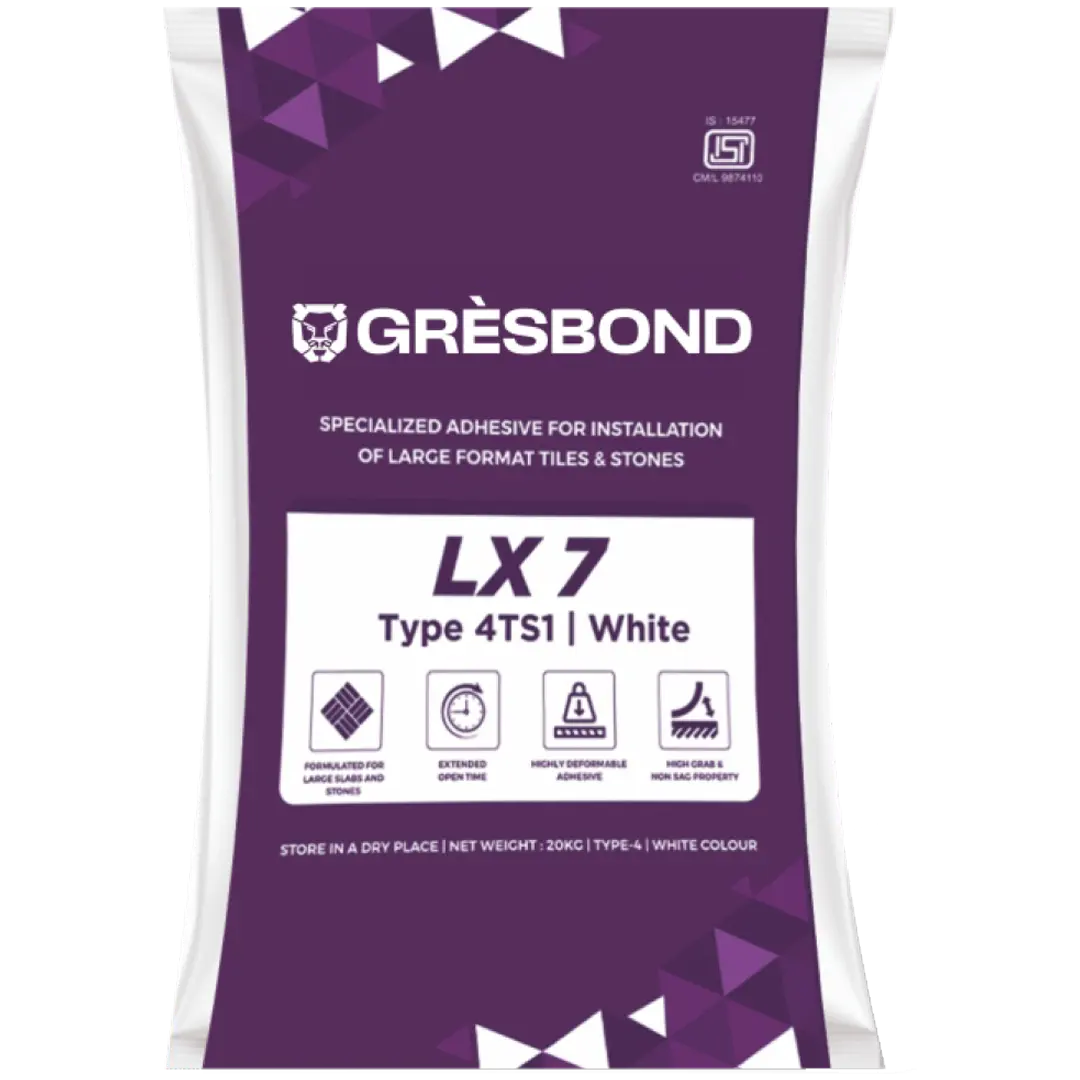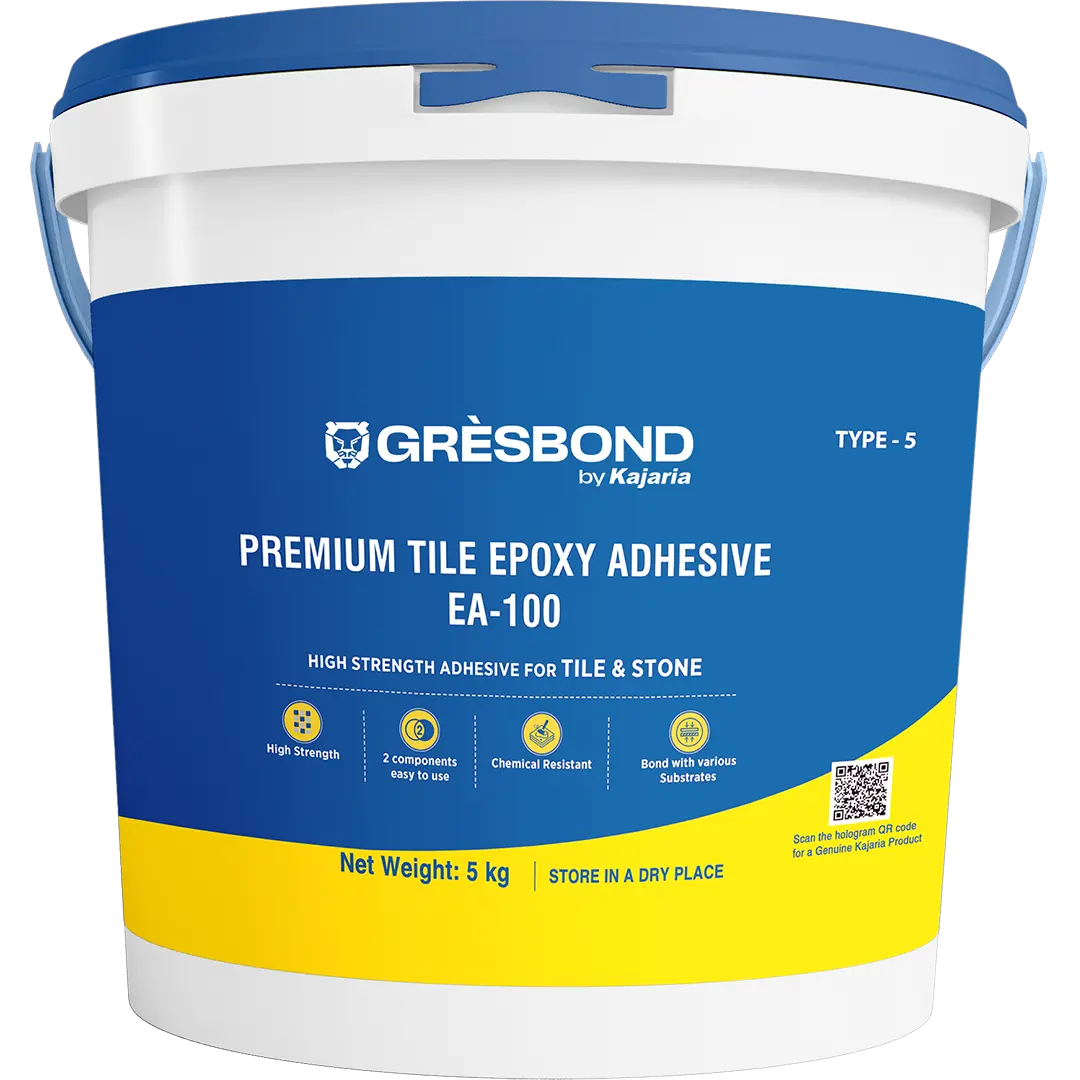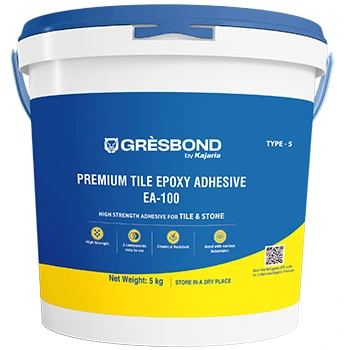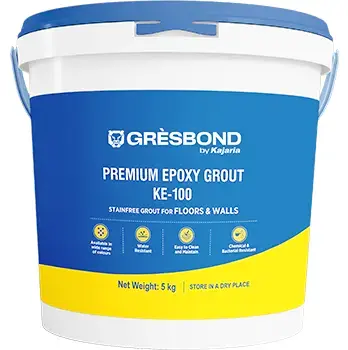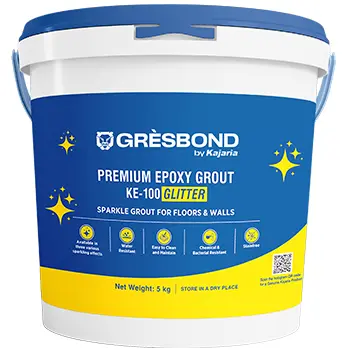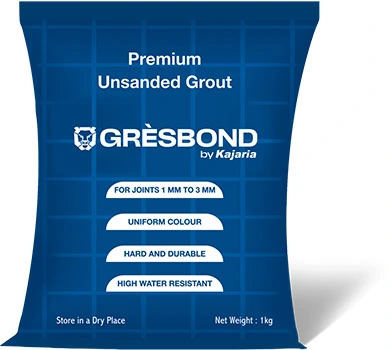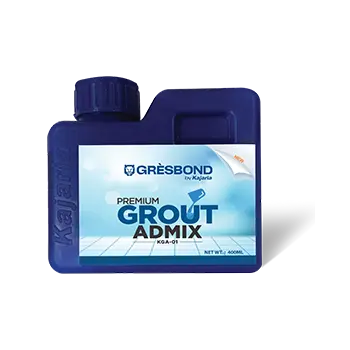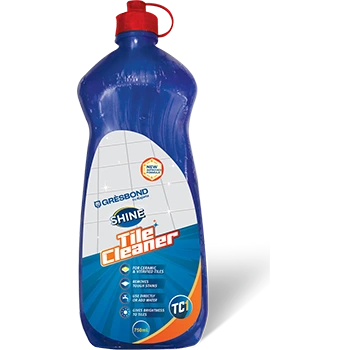Why Waterproof Tile Joint Fillers Are a Must for Durable Tiles

Why Waterproof Tile Joint Fillers Are a Must for Durable Tiles
If you are thinking of ensuring longevity for your tile installations, you are most probably omitting one of the critical constituents - waterproof tile joint filler. Many surfaces may be made up of tiles, but with no proper sealing, tiles can lose their strength and beauty over time. This is where epoxy joint fillers and other waterproofing solutions kick in. In this article, we shall mainly consider why waterproof tile joint fillers are always recommended for long-lasting tile bonding, the importance of using the best chemical for tile fixing, and how epoxy for white tiles gives added protection. So, who is ready for a lifetime tile solution? Let us start.
Why Waterproof Tile Joint Fillers Are Essential for Long-Lasting Tile Fixing
Besides attractiveness, tiles, especially for flooring and walls, are long-lasting. Performance can greatly suffer from even moderate amounts of moisture penetrating the joints. The waterproof tile joint fillers are materials to seal joints in tiles and protect them from water infiltration, thus enhancing the durability of the tile installation.
What is Waterproof Tile Joint Filler, and Why Is It Important?

Waterproof tile joint filler, in a nutshell, fills the space between different tiles, preventing water from getting in and causing long-term damage. If left open in a joint between tiles, the gaps between tiles can become long-term breeding grounds for moisture and mold- be it a kitchen backsplash, a bathroom floor, or an outdoor patio!
Waterproof tile joint fillers protect the integrity of the tiles by preventing long-term loosening, cracking, and water damage. This is particularly important in high-humidity or moist environments.
Extra Protection from Moisture with Epoxy Joint Fillers
They are an extra layer of protection. Epoxy joint fillers, when purchased, also offer premium protection. These fillers are very strong, stick fast, are resistant to soaking water, and are generally durable. Because of this extra strength of Epoxy stability, they are preferred for more exposed tile applications.
The epoxy joint filler works by sealing tiles- white or colored- polishing their appearance while preventing water from passing through the joints. Say goodbye to all your worries about water damage or mold and mildew in your home or office!
The Advantages of Using Epoxy for Waterproofing White Tiles

For maintenance reasons, it is important to choose a proper epoxy for white tiles, otherwise, the joint filler might stain over time. Epoxy for white tiles provides an appealing and durable option, as it resists stains and keeps any white tile looking fresh and clean.
Epoxy for white tiles not only provides waterproofing for the joints but also ensures the aesthetics of the joints. This greatly matters in kitchens and bathrooms, where keeping things clean and visually appealing is a priority.
Why You Should Use Tile Joint Filler Epoxy for Long-Term Waterproofing
A good solution for preserving the integrity of your tile installations is tile joint filler epoxy. Its unique characteristics make it resistant to moisture, stains, or chemicals; thus, it is ideal for high-traffic zones or places prone to humidity, like bathrooms and kitchens.
Choosing tile joint filler epoxy improves the waterproofing of the tiles and, therefore, the durability of the installation itself. This is because epoxy joint fillers possess excellent bonding strength, locking the tiles in place for many years.
Applying Waterproof Tile Joint Filler for Maximum Success
- Surface Preparation: Prepare the surface, ensuring that it is clean and dry between the tiles before applying the filler.
- Apply Evenly: Using a spatula or trowel, apply the filler evenly into the gaps between tiles. Press squarely to achieve a good mechanical seal.
- Allow Curing Time: Allow the epoxy joint filler to cure fully so that it can take water or foot traffic. This gives the strongest and most durable bond.
The Best Chemical for Tile Fixing: Epoxy vs. Cement-Based Solutions

Tile adhesive comes in two types: epoxy grouts and cement-based ones. Which works best for tiling is a question that has stirred quite a debate. Here is how they stack up:
- Epoxy grouts present excellent moisture resistance, flexibility, and durability, attaching firmly and resisting stressing and cracking over time.
- Cement-based fillers do well but serve less by keeping water away. They naturally have more cracking and wear tendencies.
If you're fishing for waterproofing that holds for the longest time, epoxy grouts are the clear winners.
What Are The Advantages Of Using Epoxy Joint Fillers In Waterproofing Tile?
- Waterproofing: It ensures no water will seep through your joints, thus keeping them dry and safe.
- Durability: Unlike the other fillers used, they can stay for a long time against any sort of destruction caused by moisture, stains, and foot traffic.
- Look: It provides a glossy smooth finish, making your tiles appear even better and not susceptible to mold and mildew growth.
- Easy Maintenance: Cleaning, maintaining epoxy joint fillers, and keeping your tiles looking fresh have never been this easy.
Conclusion Of Long-Term Tile Protection Compromised If Waterproof Tile Joint Fillers Aren't Used
In conclusion, using the proper waterproof tile joint filler is vital for tile installations to be durable and long-lasting. Be it sealing epoxy joints for white tiles or enhancing an installation with tile joint filler epoxy, the right selection will ensure adequate protection of the tiles against moisture and enhancement of their looks.
Always opt for epoxy joint fillers-the ultimate in protection-when strength to bond, waterproofing, and durable epoxy coverings matter. With the right product, you can rest assured the tiles will be adhering well, look good, and stay resistant to moisture for years on end.

